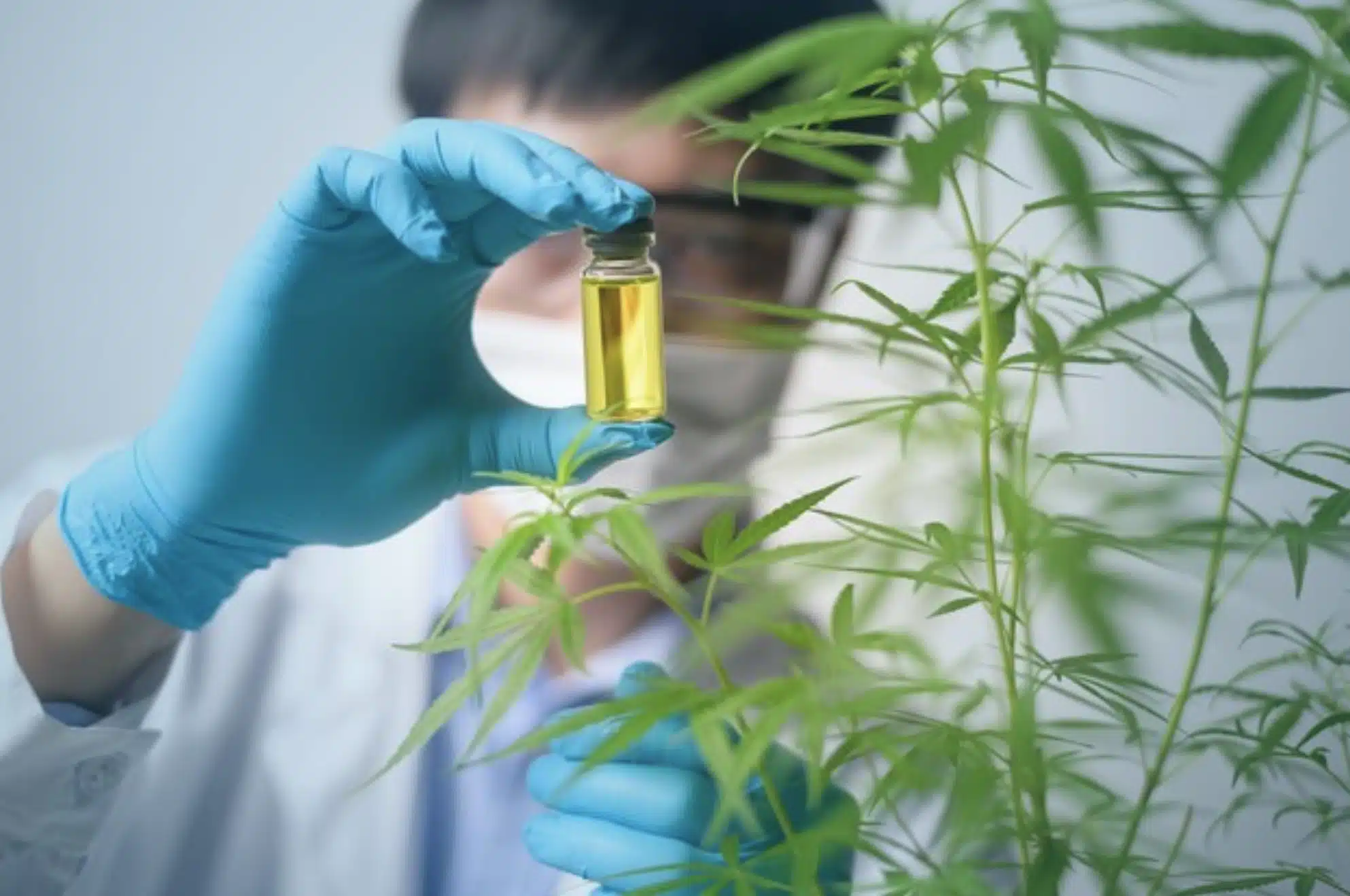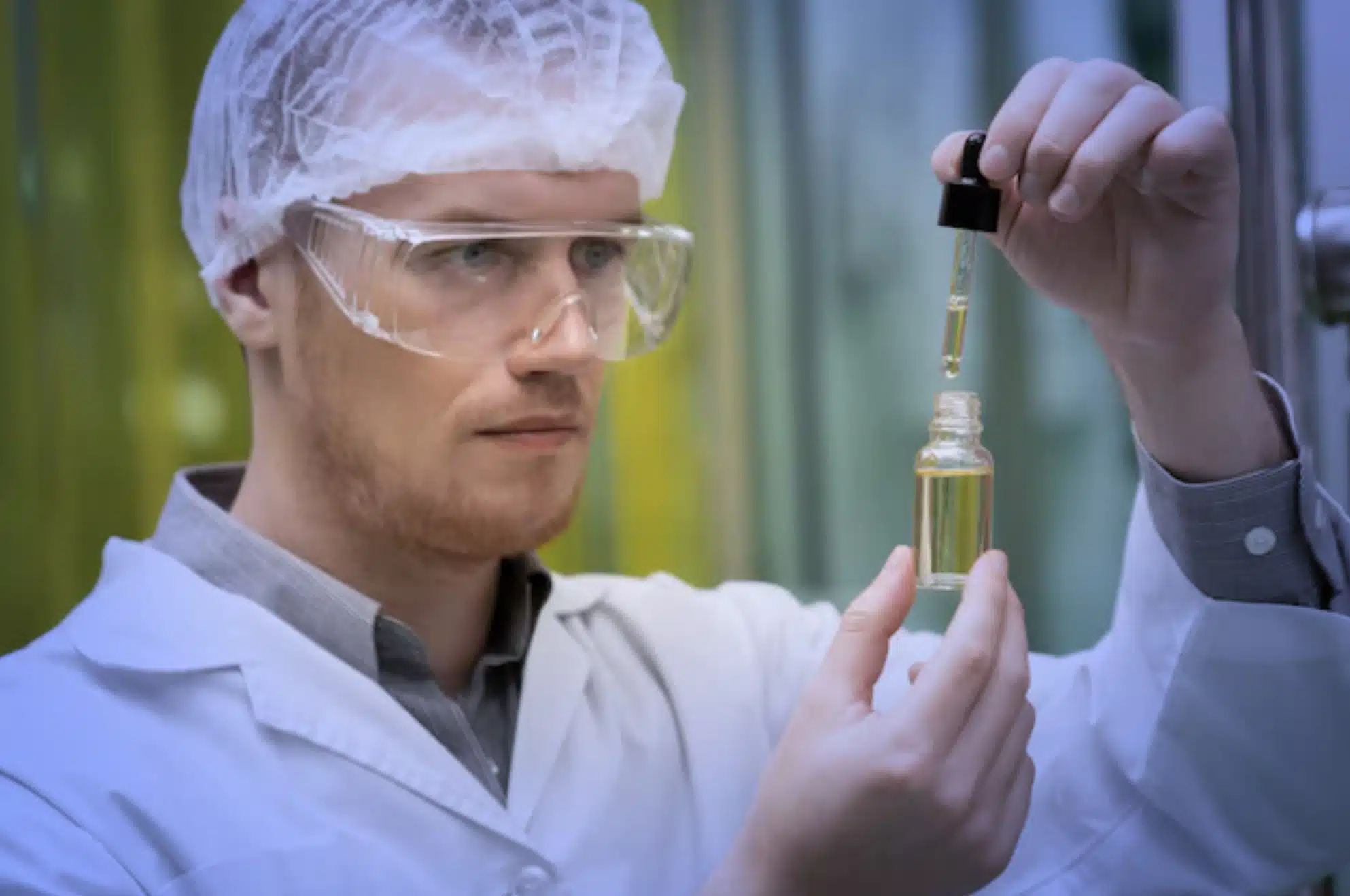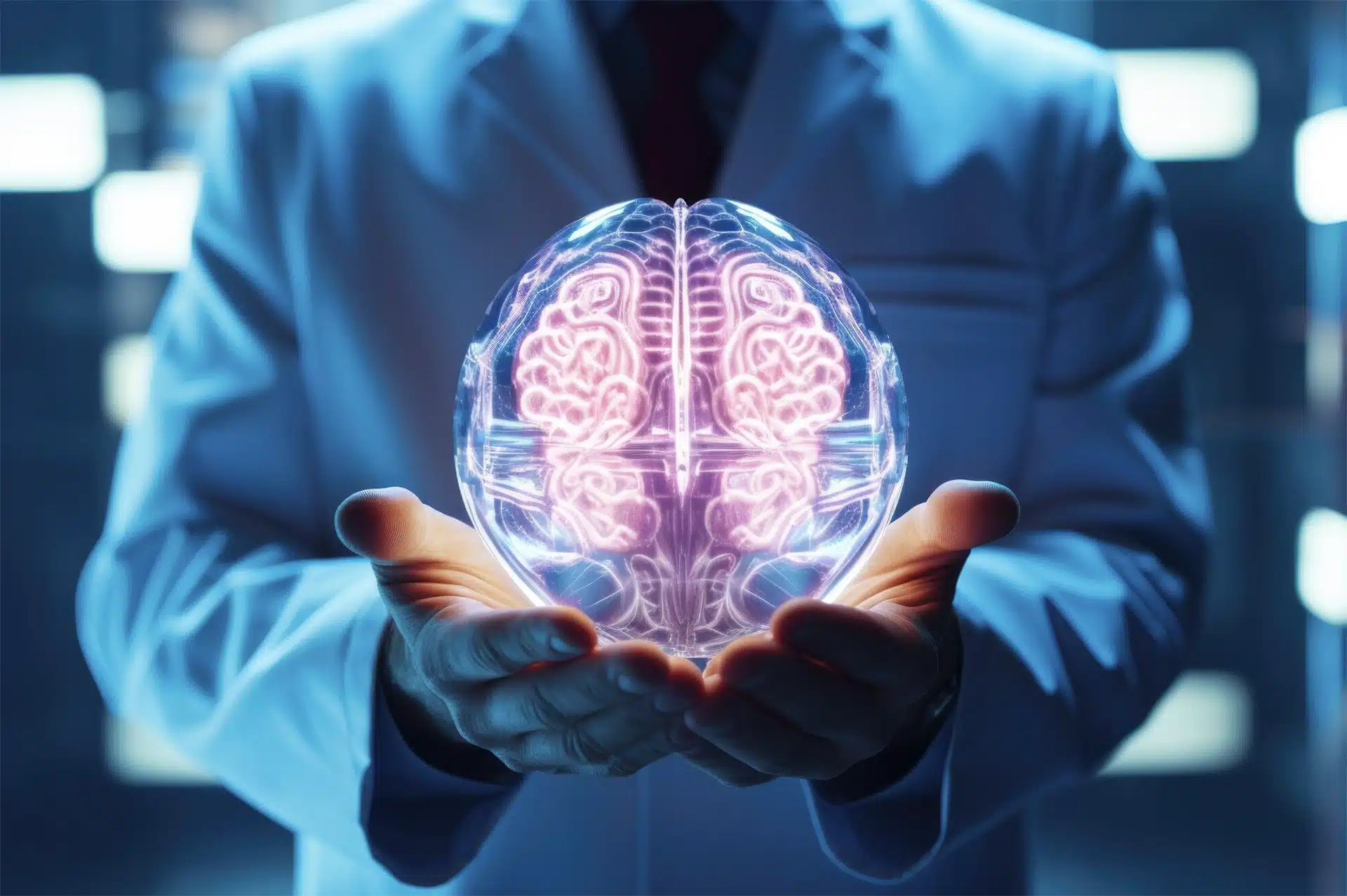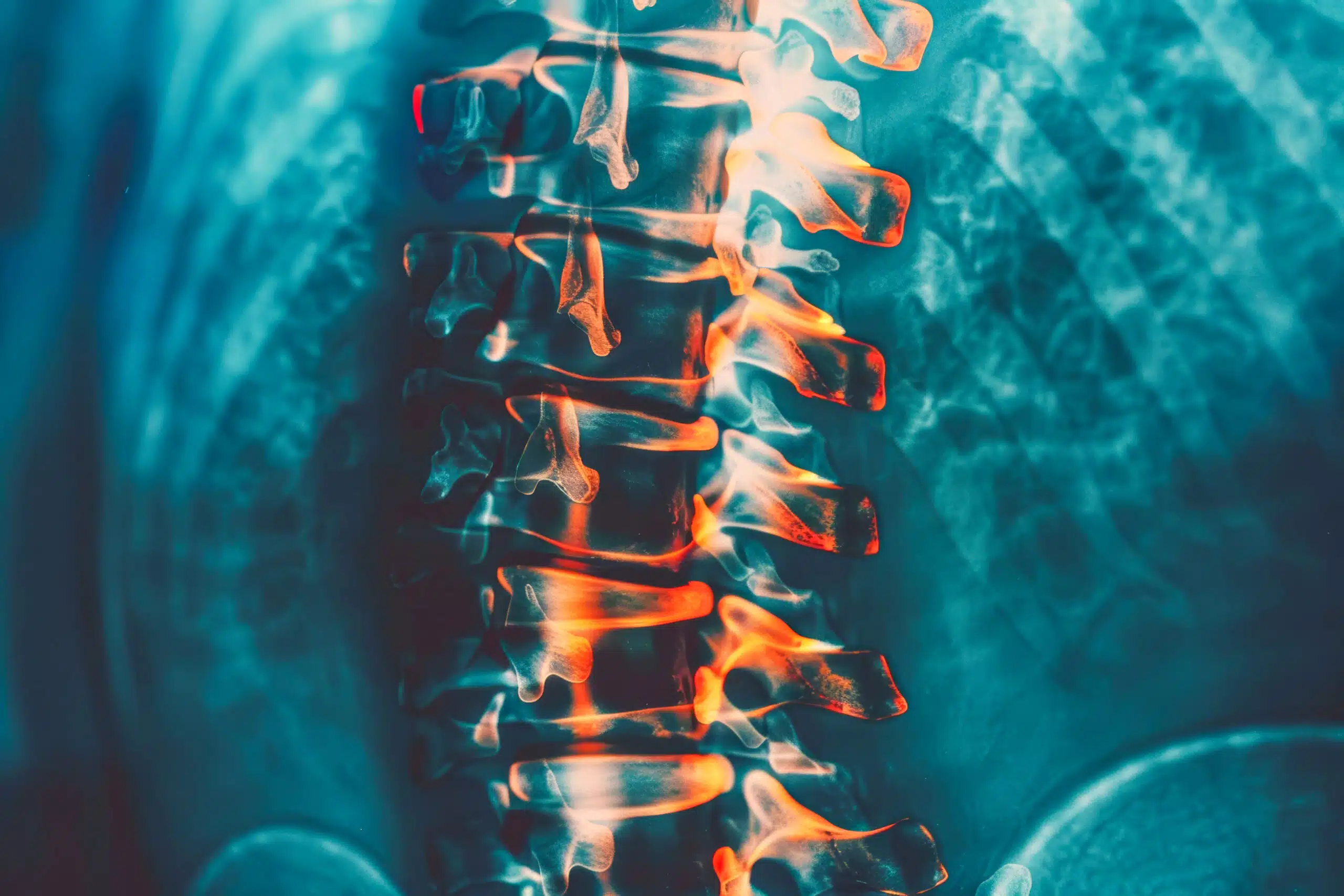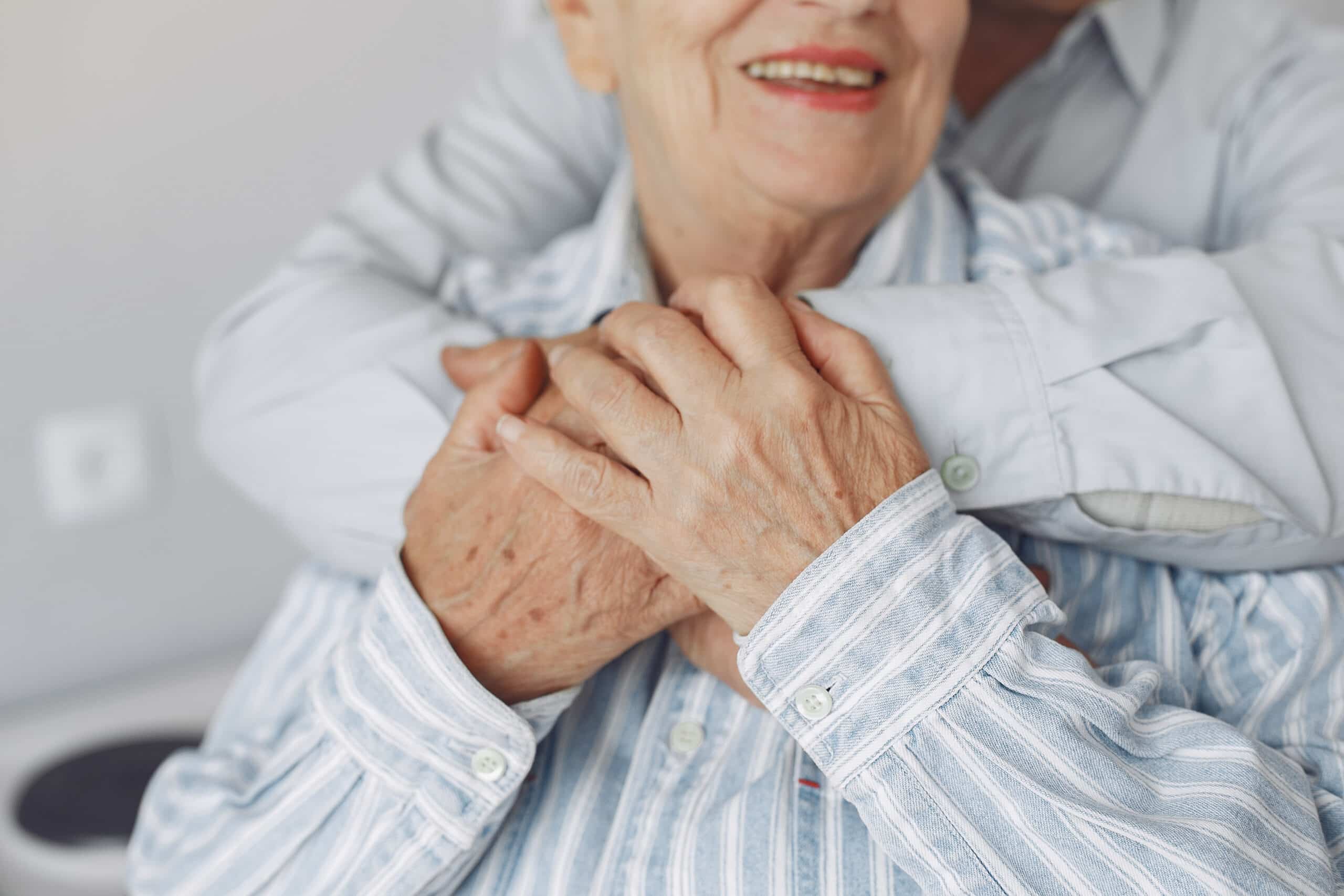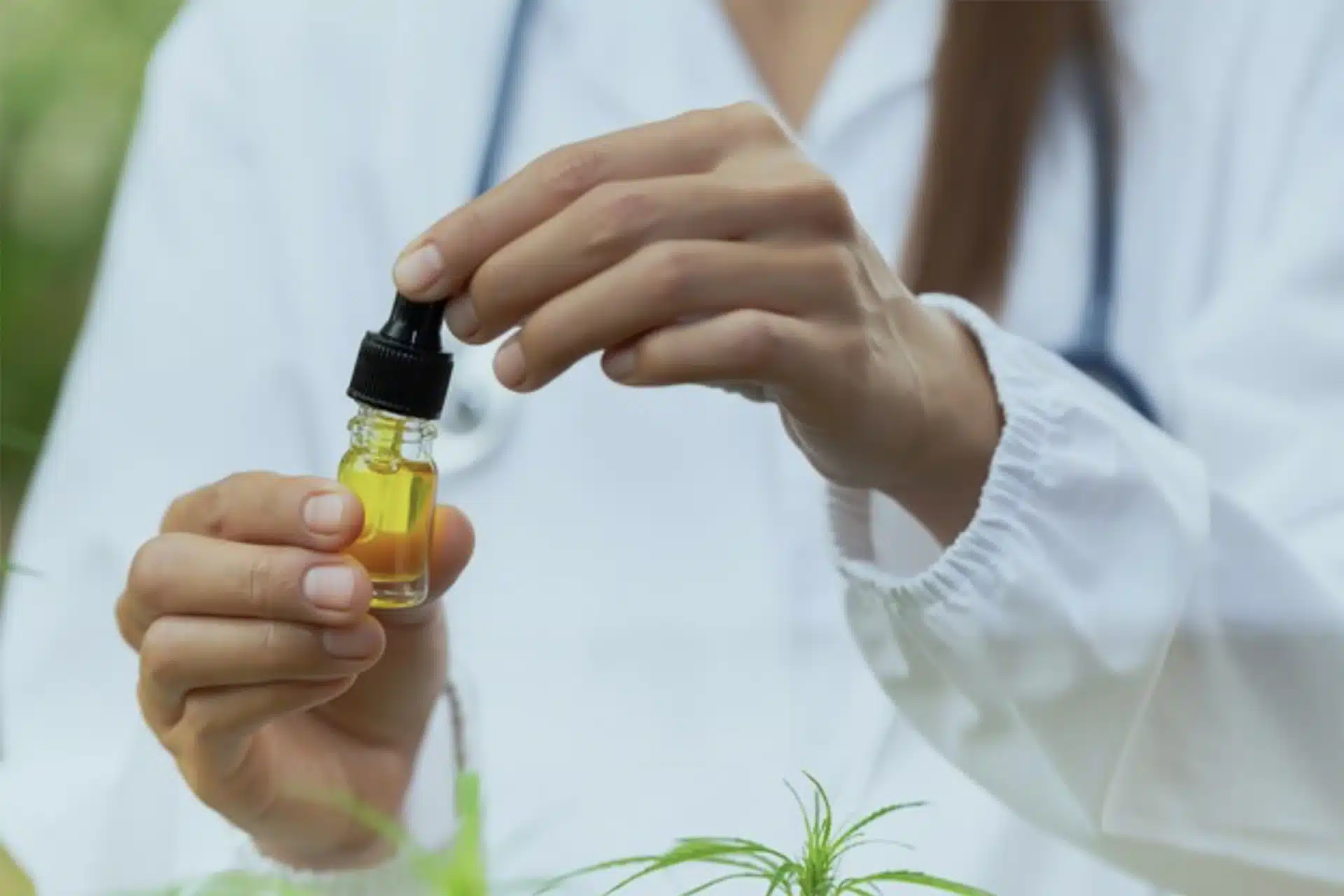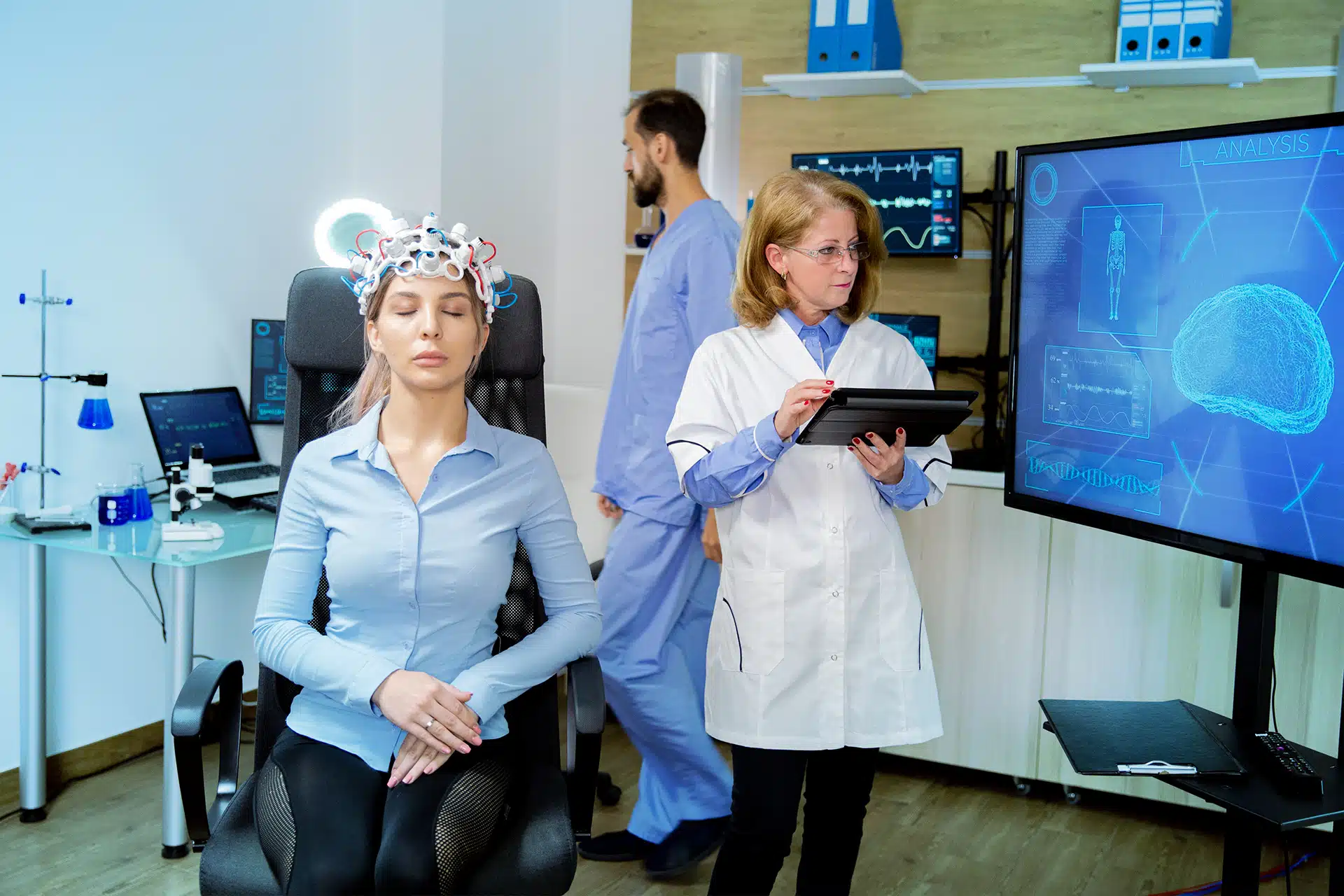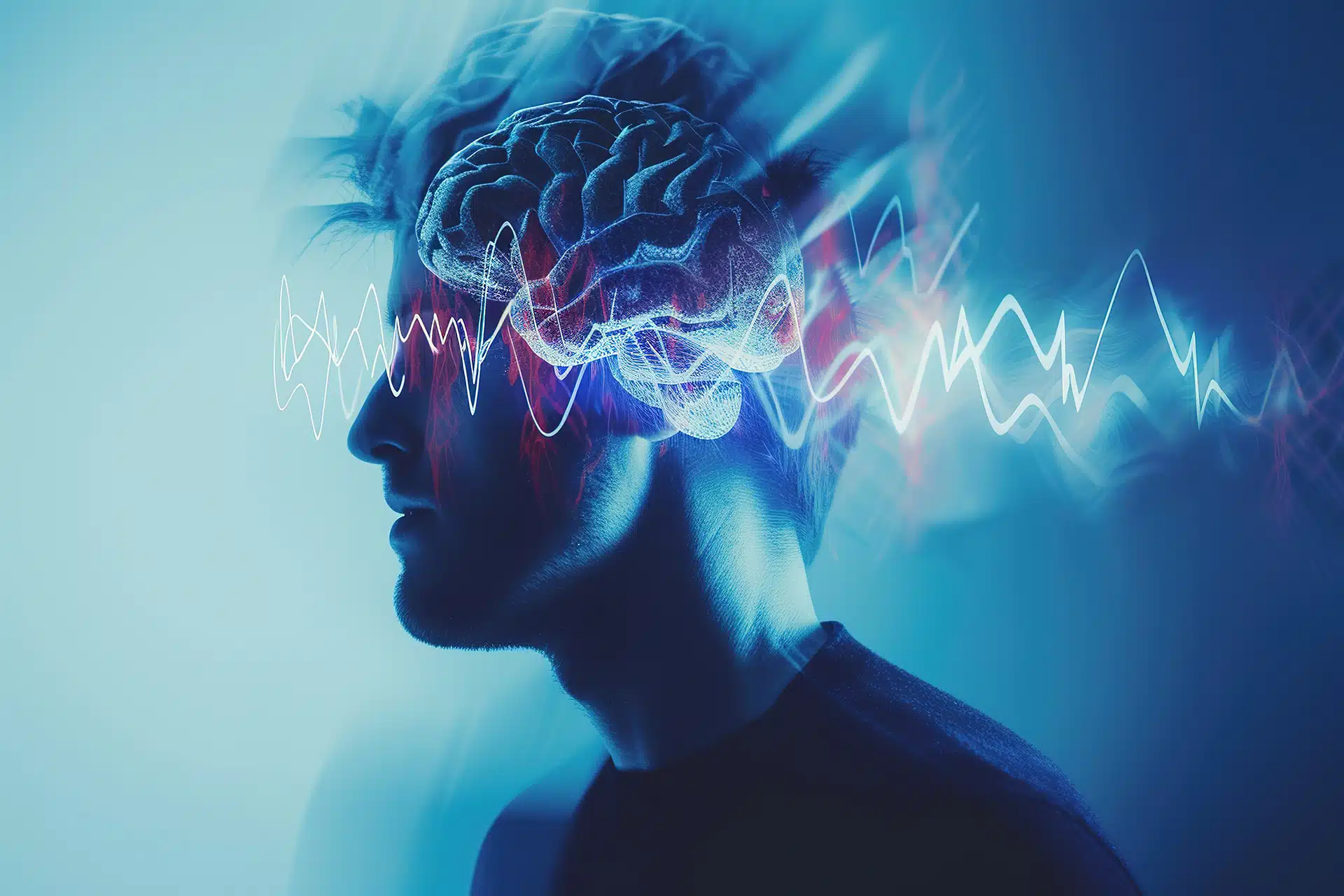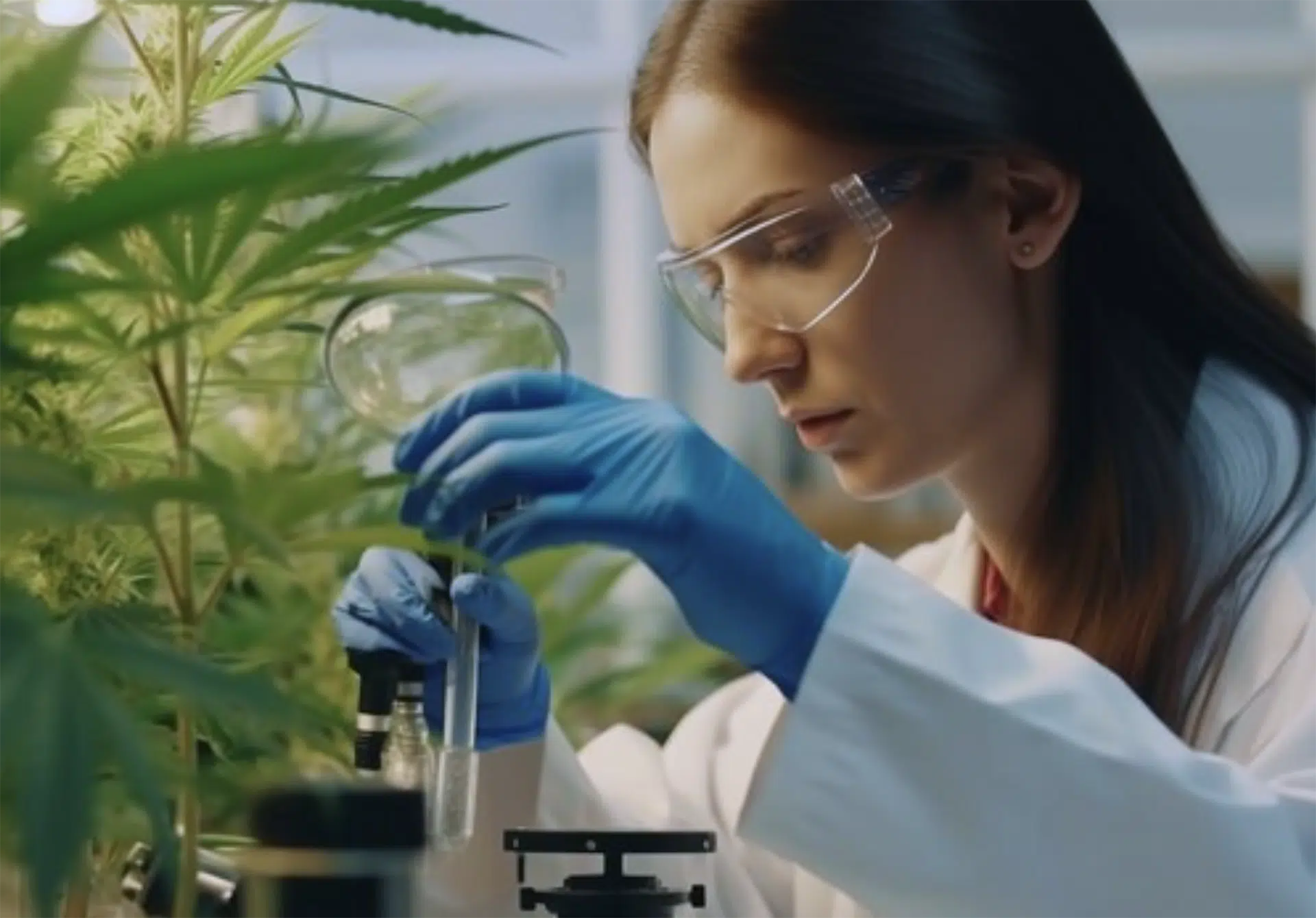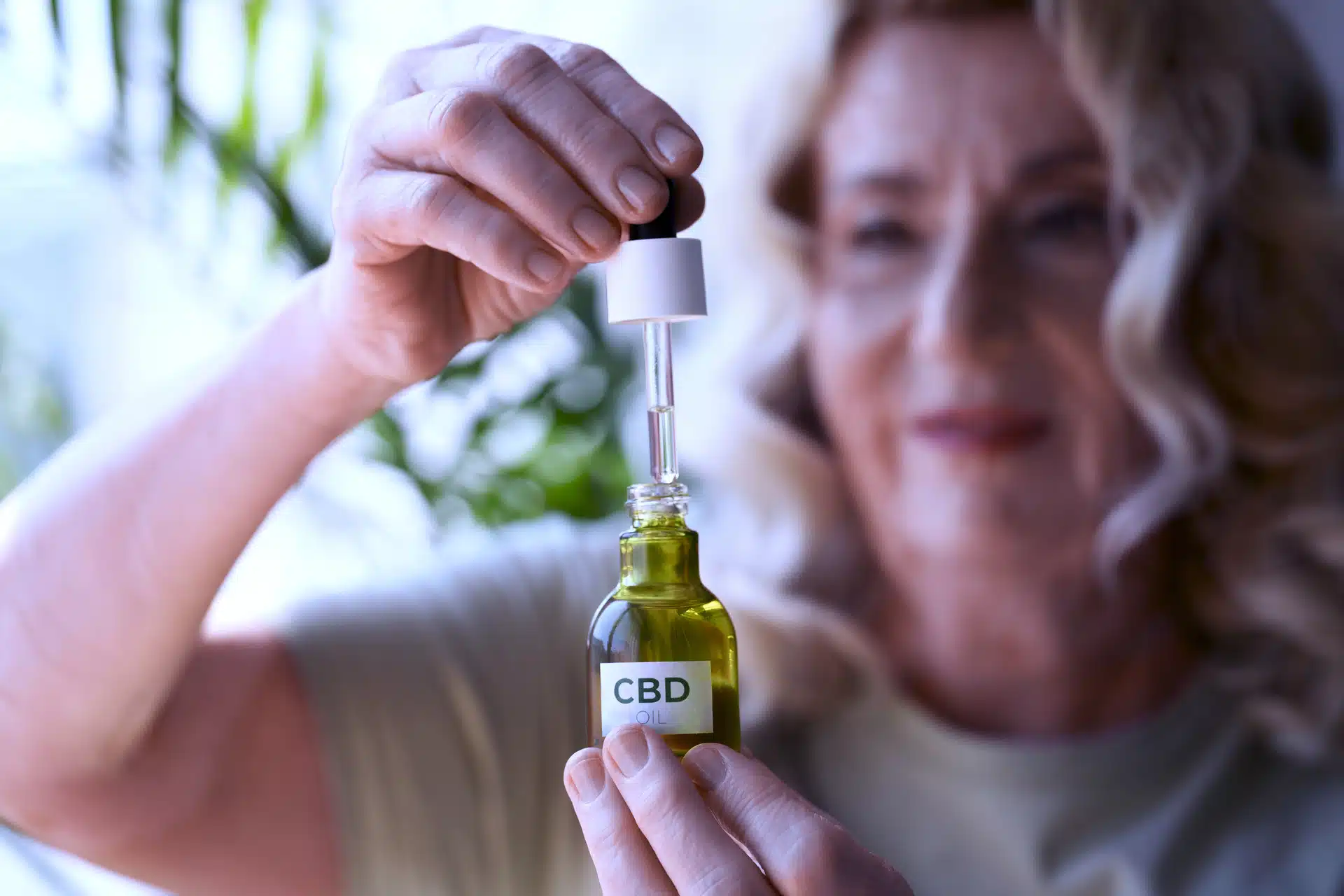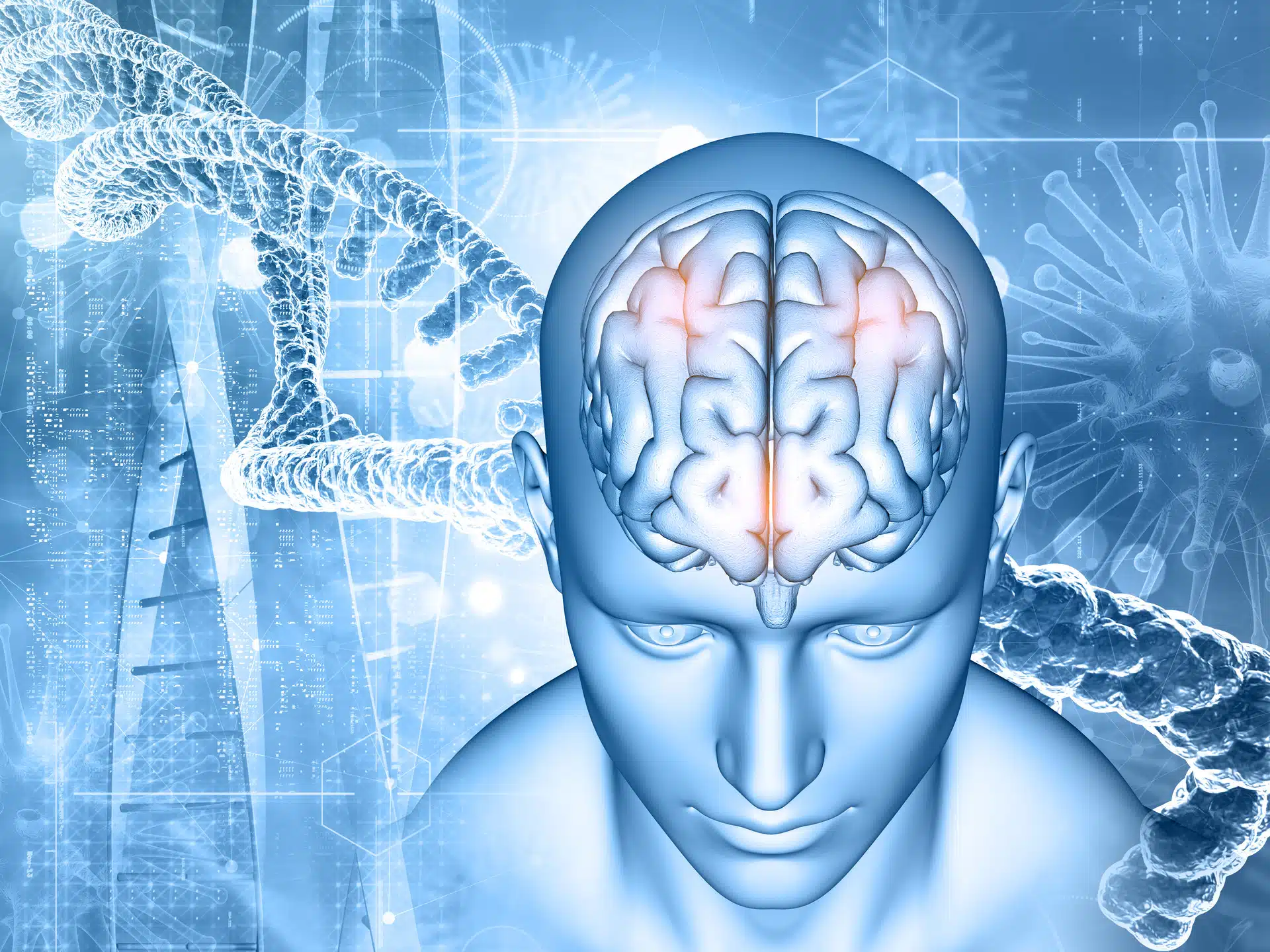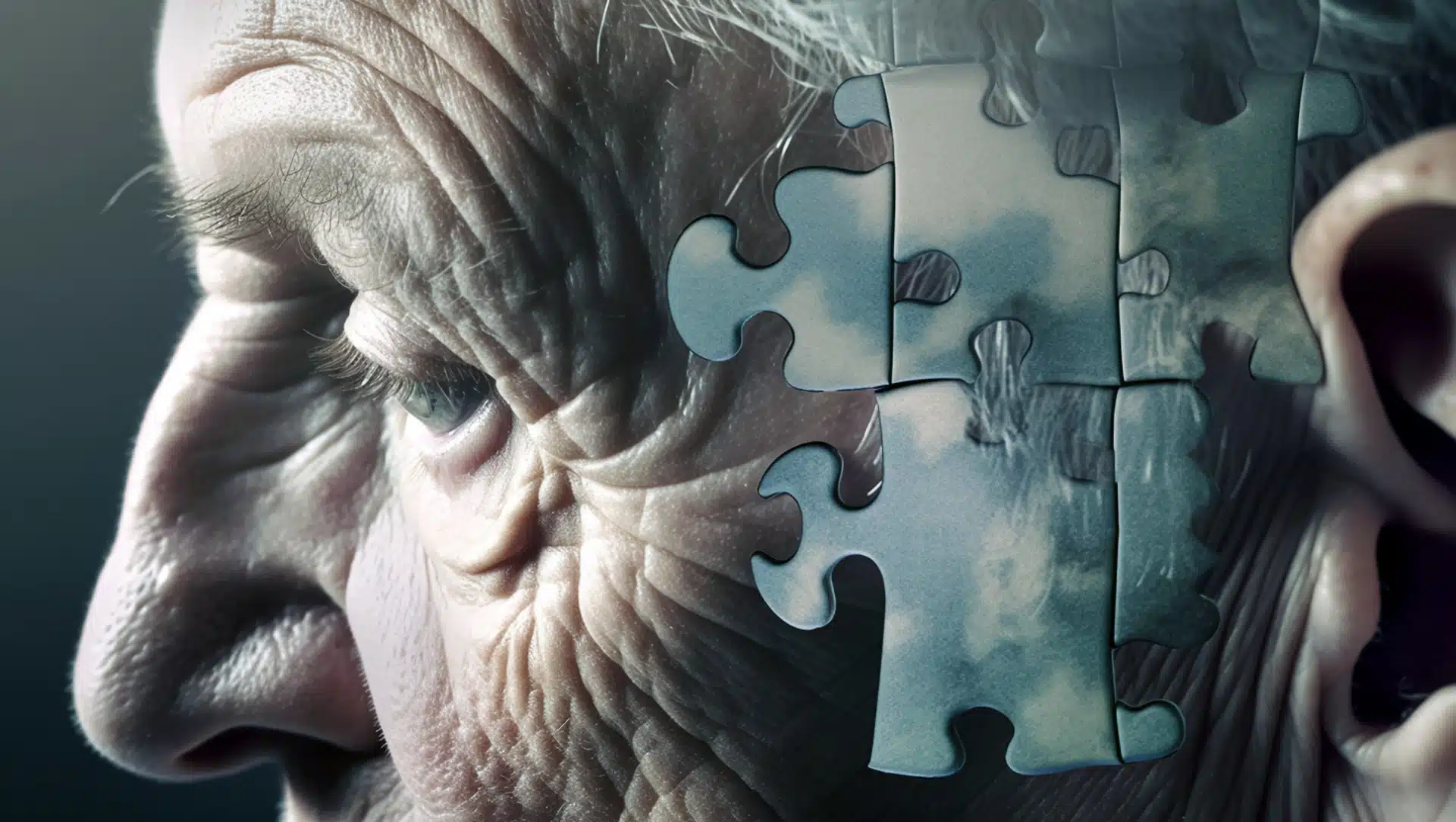Share
Anxiety Disorders And Medical Cannabis Clinical Research Overview

The most common disorders are, social anxiety disorder (SAD) and specific phobia (SP) with approximately 264 million people affected worldwide according to the World Health Organization and growing in reported cases. Generally women are more prone to develop emotional disorders, with onset being during adolescence and are also more likely than men to have an anxiety disorder.
Anxiety disorders (AD) are a leading cause of disability among mental heath conditions, they are defined by excess worry, hyperarousal, and fear that is counterproductive and debilitating.
The increasing recognition of the burden that anxiety disorders impose on patients, coupled with the implications of untreated illness, has sparked a greater interest in the research into these disorders. Left unattended AD can result in the development of other types of anxiety or mood disorders as well as lead to substance abuse, thus making the treatment difficult and increasing the risk of suicide.
Research shows that anxiety disorders are not identified in up to 50% of affected people. This is because the diagnosis mostly relies on self-reported symptoms from the patient or with clinical evaluation. Consequently, underdiagnosis and treatment difficulties have been major problems. However, a new approach using biomarkers for anxiety disorders is being developed, which could improve diagnosis and our understanding of the disease.
It is also important to establish the difference between fear and anxiety, with fear being an alarm response to present or imminent danger (real or perceived) while anxiety is a future-oriented mood state associated with preparation for possible, upcoming negative events.
Anxiety Disorders (AD) and Cannabis
As previously mentioned anxiety disorders are disabling mental illnesses characterized by persistent feelings of fear, uncertainty, and worry, the onset often occurs before adulthood. As a group, anxiety disorders make up the most prevalent of all mental disorders and most of the time co-occur with other conditions such as depression, substance use, personality disorders, as well as several medical conditions, including hyperthyroidism, cardiovascular disease, and asthma.
Brain regions affected in Anxiety
Our brains orchestrate a complex responses to the world around us, and different brain regions have different roles
Basolateral Amygdala (BLA): This region is a detector of threats. It receives sensory input (like a sight or sound associated with a past danger) and integrates it with memories and motivations. The BLA then assigns an emotional valence (positive or negative) and triggers responses like fight-or-flight through connected brain regions.
Medial Prefrontal Cortex (mPFC): The mPFC regulates emotional responses. It regulates various behaviours, including our response to anxiety.
The dorsal anterior cingulate cortex (dACC), a part of the mPFC, amplifies fearful signals from the amygdala, potentially intensifying the anxiety response.
In contrast, the ventral prelimbic cortex (vPFC), another part of the mPFC, acts like a “dimmer switch” for the amygdala, helping to calm down.
Ventral Hippocampus (VH): The VH also plays a role in emotions and processing memories, particularly those related to novel situations and social settings. When faced with an unfamiliar or socially threatening situation, the VH can trigger anxiety responses.
Central Amygdala (CeA) and Bed Nucleus of the Stria Terminalis (BNST): These regions relay signals between the amygdala, mPFC, and other brain areas. They influence emotional responses, hormone release, and behaviours associated with anxiety.
Insular Cortex (INS): The INS is thought to be involved in anticipating anxiety. It integrates sensory information from the body (like a racing heart) with emotional states, potentially contributing to feelings of anxious apprehension.
Paraventricular Nucleus of the Hypothalamus (PVN): When triggered by anxiety, the PVN activates the hypothalamic-pituitary-adrenal (HPA) axis, leading to the release of stress hormones like cortisol. These hormones can further exacerbate anxiety symptoms.
Due to high prevalence and the fact that these illnesses impact one’s functional status and quality of life makes the need tor effective treatments crucial. The first-line treatments for anxiety disorders like panic disorder (PD), generalized anxiety disorder (GAD), and social anxiety disorder (SAD) work by increasing levels of serotonin and/or norepinephrine in the brain, chemicals that influence mood and emotional regulation.
Summary of first-line treatments for anxiety disorders
| Medication Class | Anxiety Disorder(s) | How it Works | Examples |
|---|---|---|---|
| SSRIs or SNRIs | PD, GAD, SAD | Increase serotonin and/or norepinephrine levels | Escitalopram (Lexapro), Duloxetine (Cymbalta) |
| Tricyclic Antidepressants (TCAs) (Less Common) | PD | Increase serotonin and norepinephrine levels | Clomipramine, Imipramine |
| Buspirone (For GAD as add-on treatment) | GAD | Acts on different brain chemicals than SSRIs/SNRIs | Buspirone |
| Benzodiazepines (For Short-Term Use) | PD, GAD, SAD | Enhance the effects of GABA, a calming neurotransmitter | Alprazolam (Xanax), Lorazepam (Ativan) |
The need for new medicines is great across all spectrum of illnesses, as such cannabinoids have garnered attention for their treatment potential for both medical and psychiatric conditions.
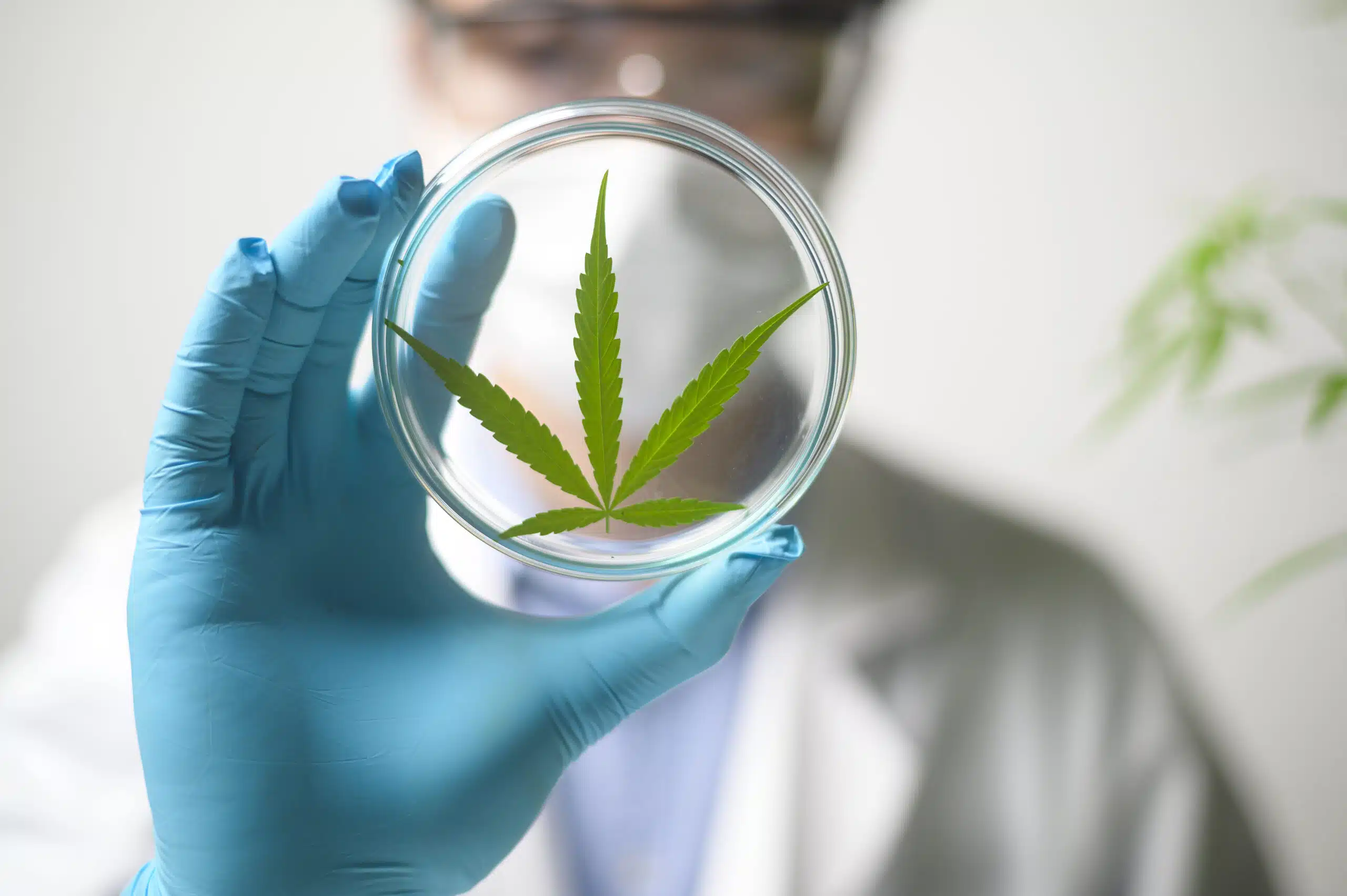
The discovery of the endocanabinoid system (ECS) in the 1990’s brought a renewed interest in the plant Cannabis Sativa, a plant which as been used for its medical properties since ancient times. The ECS is comprised by three main components:
Cannabinoid receptors: These are protein structures embedded in cell membranes, acting as docking stations for cannabinoid molecules. The two most well-characterized receptors are:
CB1 receptor: Primarily located in the central nervous system (CNS) and peripheral nervous system, it is heavily involved in functions like memory, mood, pain perception, movement, and appetite.
CB2 receptor: Predominantly found in the immune system and peripheral tissues, it plays a role in inflammation, bone health, and gut function.
Endocannabinoids: These are cannabinoid molecules naturally produced by the body. The two main endocannabinoids are:
Anandamide (AEA): Often nicknamed the “bliss molecule,” it influences mood, memory, and pain perception.
2-Arachidonoylglycerol (2-AG): Involved in pain regulation, appetite control, and inflammation.
Enzymes: These molecules break down endocannabinoids after they exert their effects, ensuring the system maintains a balanced state.
The endocannabinoid system regulates a wide range of physiological functions:
Central nervous system: Memory, learning, mood, emotion, pain perception, movement control, and sleep.
Immune system: Inflammation, immune cell function, and pain modulation.
Digestive system: Appetite control, gut motility, and nausea.
Reproductive system: Fertility, pregnancy, and childbirth.
Bone health: Bone density and remodelling.
Skin health: Wound healing and inflammation.
Cannabinoid molecules with therapeutic potential fall into three main groups:
Endocannabinoids: As mentioned earlier, these are naturally produced by the body.
Phytocannabinoids: These are cannabinoids derived from the cannabis plant, the most well-known being:
Tetrahydrocannabinol (THC): The psychoactive component responsible for the “high” associated with cannabis use. It primarily interacts with CB1 receptors, influencing mood, pain perception, and appetite.
Cannabidiol (CBD): A non-psychoactive cannabinoid with a wide range of potential therapeutic benefits. It interacts with various receptors in the body, including CB1 and CB2, and is thought to exert its effects through indirect mechanisms.
Synthetic Cannabinoids: These man-made compounds are designed to mimic the effects of natural cannabinoids. They can be highly specific for certain receptors, offering potential advantages for targeted treatment.
Research is ongoing on the therapeutic potential of cannabinoids with promising results for a variety of conditions such as:
Neurological disorders: To manage symptoms of epilepsy, multiple sclerosis, Parkinson’s disease, and Alzheimer’s disease.
Chronic pain: Both THC and CBD have shown promise in alleviating chronic pain conditions like neuropathic pain, migraines, and pain associated with arthritis.
Nausea and vomiting: THC is effective in reducing nausea and vomiting associated with chemotherapy and other medical treatments.
Glaucoma: THC may help reduce intraocular pressure, a risk factor for glaucoma progression.
Inflammatory bowel disease (IBD): CBD may offer benefits in managing symptoms of IBD, such as inflammation and abdominal pain.
Besides the mentioned conditions, the potential effects in mental health disorders is also being explored with some studies presenting a fairly consistent evidence of a reduction in anxiety symptomology with the use of cannabinoid therapies.
Table summarizes findings from studies on the effects of cannabinoid treatment for anxiety disorders.
| Effect Observed | Studies |
|---|---|
| Reduced Anxiety Symptoms | Crippa et al., 2011; Zuardi et al., 1982; Fabre et al., 2012; Jetly et al., 2015; Roitman et al., 2013; Bergamaschi et al., 2011; Shannon & Opila-Lehman, 2016 |
| Improved Sleep Quality | Roitman et al., 2013 |
| Reduced Nightmares | Cameron et al., 2014; Fraser et al., 2010 |
| Increased Clinical Global Impression (CGI) Scores | Jetly et al., 2015 |
| Reduced Self-Reported Insomnia | Fraser et al., 2010 |
| Subjective Anxiety Reduction | Crippa et al., 2011; Bergamaschi et al., 2011 |
| Brain Activity Changes | Crippa et al., 2011 |
Note:
- Some studies reported no significant anxiolytic effects (Glass et al., 2015).
- One study reported a worsening of PTSD symptoms with cannabinoid use (Greer et al., 2009).
The endocannabinoid system (eCB) plays an important role in anxiety, being a balancing act between calming and activating signals.
The Role of eCBs in Anxiety:
Endocannabinoids (eCBs): Molecules produced by the body that mimic the effects of cannabinoids found in cannabis. As previously stated the two main eCBs are anandamide (AEA) and 2-AG.
Cannabinoid Receptors (CB1 and CB2): eCBs bind to these receptor proteins located on nerve cells throughout the brain and body. CB1 receptors are particularly abundant in brain regions involved in regulating anxiety.
Maintaining Homeostasis: The eCB system helps maintain balance (homeostasis) by influencing the activity of neurons. When the body experiences stress or anxiety, the eCB system is activated, releasing eCBs that bind to CB1 receptors. This generally inhibits the release of neurotransmitters that excite neurons, leading to a calming effect.
The Complexities of eCB Action:
Anandamide (AEA): Often referred to as the “bliss molecule,” AEA is crucial for regulating anxiety. It acts as a “gatekeeper” for anxiety onset.
Under normal conditions, AEA keeps anxiety in check.
However, following exposure to stress, AEA activity decreases, potentially contributing to the development of anxiety.
2-AG: This eCB has a more complex role.
It may have some calming effects after initial stress exposure.
However, in chronic stress situations, 2-AG levels might also be elevated, potentially playing a part in maintaining heightened anxiety.
Disruptions in the eCB System and Anxiety:
- Studies suggest that disruptions in CB1 receptor signaling can lead to increased anxiety-like behaviors.
- Chronic stress itself can disrupt eCB signaling, particularly affecting AEA activity in brain regions like the amygdala, mPFC, and hippocampus. This may explain why chronic stress is often linked to heightened anxiety.
The relation of cannabinoids and anxiety
Cannabinoids, including those found in cannabis (phytocannabinoids) and those produced by the body (endocannabinoids), interact with the eCB system in ways that can influence anxiety. However, the effects are complex and depend on various factors:
Type of Cannabinoid:
THC (Tetrahydrocannabinol): The psychoactive compound in cannabis has a biphasic effect on anxiety:
Low doses may be anxiolytic (anxiety-reducing) by mimicking the effects of AEA and activating CB1 receptors.
High doses can be anxiogenic (anxiety-inducing), possibly due to overstimulation of the CB1 receptors or affecting other brain systems.
CBD (Cannabidiol): This non-psychoactive cannabinoid may counteract the anxiety-causing effects of THC and potentially has its own anxiolytic properties. It may achieve this by:
Amplifying the activity of the 5-HT1A receptor, another important player in regulating anxiety.
Boosting AEA signaling by inhibiting its breakdown.
Dose: As mentioned earlier, the dose of a cannabinoid plays a crucial role. Low doses of THC may be calming, while high doses can be anxiety-provoking. CBD also seems to have a bell-shaped dose-response curve, with moderate doses being most effective for anxiety.
Individual Differences: People vary in their sensitivity to cannabinoids and their baseline eCB activity. This can significantly influence how they experience anxiety when using cannabis products. Factors like sex, stress history, and genetics all play a part.
Brain Region Targeted: Different brain regions involved in anxiety may respond differently to cannabinoids.
References
Garakani, A., Murrough, J. W., Freire, R. C., Thom, R. P., Larkin, K., Buono, F. D., & Iosifescu, D. V. (2020). Pharmacotherapy of Anxiety Disorders: Current and emerging treatment options. Frontiers in Psychiatry, 11.
https://doi.org/10.3389/fpsyt.2020.595584
Thibaut, F. (2017). Anxiety disorders: a review of current literature. Dialogues in Clinical Neuroscience, 19(2), 87–88. https://doi.org/10.31887/dcns.2017.19.2/fthibaut
Remes, O., Brayne, C., Van Der Linde, R., & Lafortune, L. (2016). A systematic review of reviews on the prevalence of anxiety disorders in adult populations. Brain and Behavior, 6(7).
https://doi.org/10.1002/brb3.497
Craske, M. G., Rauch, S. L., Ursano, R., Prenoveau, J., Pine, D. S., & Zinbarg, R. E. (2011). What is an anxiety disorder? Focus/Focus (American Psychiatric Publishing. Online), 9(3), 369–388.
https://doi.org/10.1176/foc.9.3.foc369
Łoś, K., & Waszkiewicz, N. (2021b). Biological markers in anxiety disorders. Journal of Clinical Medicine, 10(8), 1744.
https://doi.org/10.3390/jcm10081744
Moreira, F. A., & Wotjak, C. T. (2009). Cannabinoids and anxiety. In Current topics in behavioral neurosciences (pp. 429–450).
https://doi.org/10.1007/7854_2009_16
Stanciu, C. N., Brunette, M. F., Teja, N., & Budney, A. J. (2021). Evidence for Use of cannabinoids in mood disorders, anxiety disorders, and PTSD: a systematic review. Psychiatric Services, 72(4), 429–436.
https://doi.org/10.1176/appi.ps.202000189
Bahji, A., Meyyappan, A. C., & Hawken, E. R. (2020). Efficacy and acceptability of cannabinoids for anxiety disorders in adults: A systematic review & meta-analysis. Journal of Psychiatric Research, 129, 257–264.
https://doi.org/10.1016/j.jpsychires.2020.07.030
Botsford, S. L., Yang, S., & George, T. P. (2019). Cannabis and cannabinoids in mood and Anxiety Disorders: impact on illness onset and course, and assessment of therapeutic potential. the American Journal on Addictions/American Journal on Addictions, 29(1), 9–26.
https://doi.org/10.1111/ajad.12963
Botsford, S. L., Yang, S., & George, T. P. (2019b). Cannabis and cannabinoids in mood and Anxiety Disorders: impact on illness onset and course, and assessment of therapeutic potential. the American Journal on Addictions/American Journal on Addictions, 29(1), 9–26.
https://doi.org/10.1111/ajad.12963
Petrie, G. N., Nastase, A. S., Aukema, R. J., & Hill, M. N. (2021). Endocannabinoids, cannabinoids and the regulation of anxiety. Neuropharmacology, 195, 108626.
https://doi.org/10.1016/j.neuropharm.2021.108626
Clinical Trials
| Study Title | Study URL | Conditions | Study Type |
|---|---|---|---|
| Exploring Medically Perceived Benefits, Use and Interest in Psychedelics and Cannabinoids | https://www.ncbi.nlm.nih.gov/pmc/articles/PMC9567237/ | PTSD, Anxiety, Anxiety Disorders, Depression, Depressive Disorder, Psychological, Psychedelic Experiences, Psychedelic Drug Dependence | OBSERVATIONAL |
| Anxiety, Inflammation, and Stress | https://clinicaltrials.gov/ct2/show/NCT03549819 | Anxiety, Anxiety Disorders, Anxiety Generalized, Anxiety Chronic, Inflammation, Inflammatory Response | OBSERVATIONAL |
| Cannabis For Cancer-Related Symptoms | https://clinicaltrials.gov/ct2/show/NCT03948074 | Pain, Nausea, Anxiety, Sleep Disturbance | INTERVENTIONAL |
| Cannabinoids for the Treatment of Anxiety Disorders: An 8-Week Pilot Study | https://clinicaltrials.gov/ct2/show/NCT02548559 | Generalized Anxiety Disorder, Social Anxiety Disorder, Panic Disorder, Agoraphobia | INTERVENTIONAL |
| Effects of Marijuana on Symptoms of OCD | https://www.ncbi.nlm.nih.gov/pmc/articles/PMC7423713/ | Obsessive-Compulsive Disorder | INTERVENTIONAL |
| Anesthetic Premedication With a Cannabis Extract (Cannapremed) | https://pubmed.ncbi.nlm.nih.gov/29582946/ | Pain, Postoperative, Postoperative Nausea and Vomiting, Anxiety | INTERVENTIONAL |
| Real-World Evidence in Patient-Reported Outcomes for Medical Cannabis (MC-RWE) | https://www.ncbi.nlm.nih.gov/pmc/articles/PMC8688379/ | Pain, Sleep, Anxiety, Depression, Epilepsy | OBSERVATIONAL |
| Cannabis for Palliative Care in Cancer | https://pubmed.ncbi.nlm.nih.gov/31810437/ | Sleep, Anxiety, Depression, Pain | INTERVENTIONAL |
| Anxiety Symptoms in Relation to Use of Hemp-derived, Full Spectrum Cannabidiol (CBD) | https://www.ncbi.nlm.nih.gov/pmc/articles/PMC9628346/ | Generalized Anxiety Disorder | OBSERVATIONAL |
| CBD Oil for Reducing Emotional Impact of COVID-19 | https://jamanetwork.com/journals/jamanetworkopen/fullarticle/2782994 | Anxiety Depression, Alcohol Abuse, Substance Abuse, Anger, Sleep Disturbance, Stress Reaction | INTERVENTIONAL |
| The JULI Registry–Hemp and Cannabis Observational Registry | https://classic.clinicaltrials.gov/ct2/show/NCT06219629 | Chronic Pain, Appetite Disorders, Neuropathy, Menopausal Syndrome, Anxiety, Sleep Disturbance, Nausea | OBSERVATIONAL |
| Outcomes Mandate National Integration With Cannabis as Medicine | https://clinicaltrials.gov/ct2/show/NCT03944447 | Chronic Pain, Chronic Pain Syndrome, Chronic Pain Due to Injury, Chronic Pain Due to Trauma, Fibromyalgia, Seizures, Hepatitis C, Cancer, Crohn Disease, HIV/AIDS, Multiple Sclerosis, Traumatic Brain Injury, Sickle Cell Disease, Post Traumatic Stress Disorder, Tourette Syndrome, Ulcerative Colitis, Glaucoma, Epilepsy, Inflammatory Bowel Diseases, Parkinson Disease, Amyotrophic Lateral Sclerosis, Chronic Traumatic Encephalopathy, Anxiety, Depression, Insomnia, Autism, Opioid-use Disorder, Bipolar Disorder, Covid19, SARS-CoV Infection, COVID-19, Corona Virus Infection, Coronavirus | INTERVENTIONAL |




